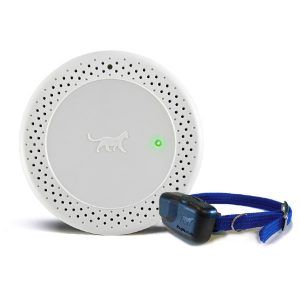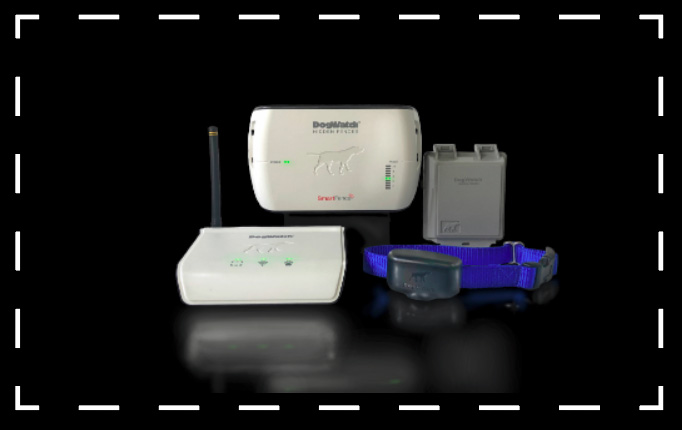If you are a cat owner, you will already know that cats are curious creatures who love to explore their environment, sniffing out interesting smells and rubbing their paws on objects to leave their scent. They also are natural hunters who can easily scale backyard fences in their hunting pursuits. Consequently, cat owners are faced with the challenge of encouraging their cats to stay at home, keeping their pets safe while also protecting wildlife from these natural predators. A DIY Cat Fence may be the answer to your problems

Traditionally, cat owners have addressed this problem by building a cat enclosure to fence their cat in or by getting their cat to wear a bell to warn wildlife. These measures have proved quite restrictive and unnatural for cats, so innovative cat owners have turned to more creative cat containment solutions.
DIY virtual or hidden cat fences are now readily available by companies such as Hidden Fence and can easily be installed by doing it yourself, enthusiasts. They provide a cat training and conditioning protocol which works with the assistance of both audible and electrical stimulation, signalling no go zones in your home.
If you are considering undertaking a do it yourself cat fence project, there are really three parts to the process: design, installation and training.
1. Designing a DIY Cat Fence
Do it yourself virtual cat fences are available in indoor cat fence and outdoor cat fence options. Additionally, the two systems can work in combination using the same collar receiver to effectively contain your cat.
When designing your cat fence, you will need to give consideration to exclusion and containment zones. For outdoor areas, DIY cat fence installers will find it useful to draw up a plan showing where you want your cat fence to go. Include measurements on the perimeter of your containment zone. This will make it easier when you go to order the components of your DIY cat fence.
For indoor do it yourself cat fences, it is also useful to draw up a plan if you have a lot of containment or exclusion zones. The flexibility of indoor cat fences is attractive to DIY installers, with both the transmitter and hard-wired solutions in high demand. The following link will help you in the design process of your DIY cat fence and provide you with some product options.
2. Installing a DIY Cat Fence
Indoor
DIY cat fence installation is quite straightforward. Typically installation of indoor DIY cat fences is simply about placing a transmitter in areas you wish to exclude your cat from. The transmitter will set up an exclusion signal creating a wireless, hidden, cat fence that effectively excludes your cat from areas such as the dining room, entrance to the home, rubbish bin or pantry.
The other part of the DIY fence installation is to put the receiver collar on your cat. The lightweight receiver picks up signals from the transmitter(s) immediately creating a wireless fence network.
If you want to keep your cat out of several rooms, a hard-wired cat fence will work well and can easily be DIY installed, allowing you to live comfortably with your cat.
Showing typical exclusion zones
Outdoor
Outdoor cat fences are loved by DIY fencers as they can go practically anywhere, over all types of terrain, through bushes, rocks and even underwater. Typically cat fences are installed around the perimeter of a property, attaching to an existing fence structure or at ground level. Flags are placed into the ground around the perimeter and act as visual cues when your cat is learning the parameters of the cat fence.
Hidden Fence has an outdoor cat fence system that comes with 150 metres of UV boundary wire cable and full DIY instructions. The system can be expanded to cover 2 full acres with the addition of extra cable.
If you were interested in talking further about a cat fence please contact us or check the products below.
-
 Cat Fence Indoor System – wireless and/or wiredFrom: $449.00
Cat Fence Indoor System – wireless and/or wiredFrom: $449.00 -
 Cat Fence DIY- CATWATCH ® HIDDEN FENCE BrandFrom: $587.00
Cat Fence DIY- CATWATCH ® HIDDEN FENCE BrandFrom: $587.00


